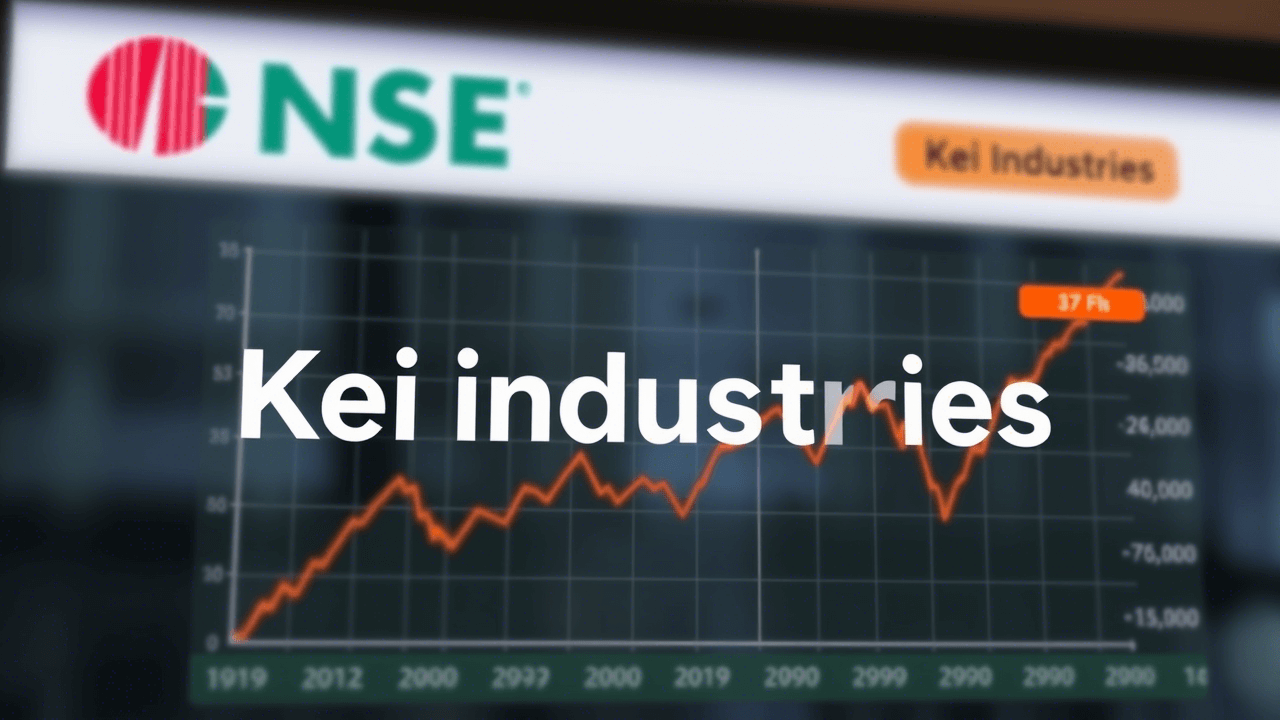
how target price of a stock is calculated: Calculating the target price involves a comprehensive analysis of various factors, including the company’s financial health, industry trends, market conditions, and economic indicators. This process involves sophisticated financial models and methodologies, such as Discounted Cash Flow (DCF) analysis, Price-to-Earnings (P/E) ratio comparisons, and Dividend Discount Models (DDM). The target price serves as a key tool for investors, guiding investment decisions and portfolio management strategies in pursuit of achieving optimal returns.
Introduction how target price of a stock is calculated:
Begin with an overview of how target price of a stock is calculated and its significance in investment decision-making. This introduction sets the stage for a detailed exploration of the processes and methodologies involved in determining a stock’s target price.

Key Factors Influencing Target Prices:
Discuss how target price of a stock is calculated by considering earnings forecasts, market and economic indicators, industry trends, and company fundamentals. Each of these factors plays a critical role in the analytical process.
Earnings Estimates: Explain how analysts use earnings forecasts, including EPS (Earnings Per Share), to assess a stock’s future performance.
Market Conditions: Describe how broader market trends and economic indicators can affect the target price.
Industry Trends: Discuss the impact of sector-specific trends and challenges on the valuation of stocks within that industry.
Company Fundamentals: Outline how the analysis of a company’s balance sheet, income statement, and cash flow affects its perceived value.
Analytical Methodologies for how target price of a stock is calculated:
Highlight that various methodologies are employed to ensure how target price of a stock is calculated with precision. These methodologies include Discounted Cash Flow (DCF) Analysis, Price-to-Earnings (P/E) Ratio Analysis, Dividend Discount Model (DDM), and Comparable Company Analysis (Comps).
Discounted Cash Flow (DCF) Analysis Detailed:
Explain that the how target price of a stock is calculated using DCF by estimating the present value of future cash flows. This section will delve into the specifics of how DCF analysis is conducted.
Price-to-Earnings (P/E) Ratio Analysis Explained:
Illustrate how the how target price of a stock is calculated by applying the P/E ratio, a common metric that compares a company’s market price to its earnings per share.
Dividend Discount Model (DDM) Overview:
Describe the process by which the how target price of a stock is calculated by using the Dividend Discount Model, focusing on how dividends are used to estimate a stock’s value.
Comparable Company Analysis (Comps):
Discuss how analysts ensure the how target price of a stock is calculated accurately by comparing it to similar companies within the industry, analyzing financial ratios, and metrics.
Challenges in Calculating Target Prices:
Address the challenges and limitations encountered when the target price of a stock is calculated, such as analyst bias, market volatility, and information asymmetry.
The Role of Target Prices in Investment Strategies:
Emphasize how the target price of a stock is calculated and utilized by investors to set investment goals, manage risks, and diversify their portfolios.
Challenges and Limitations:
Subjectivity: Highlight how different analysts might reach different target prices for the same stock due to varying assumptions.
Market Volatility: Discuss how sudden market changes can quickly render a target price outdated.
Information Asymmetry: Mention the challenge of making accurate predictions with incomplete information.
FAQ for how target price of a stock is calculated:
1. What is a target price for a stock?
It represents an expectation of where the stock price could go, based on financial analysis, forecasts, and the current market situation.
2. How is the target price determined?
Analysts use various methods, like Discounted Cash Flow (DCF) analysis, Price/Earnings (P/E) ratios comparison, and historical price patterns.
3. What factors influence the target price?
These factors affect the assumptions analysts make in their financial models.
4. Is the target price always accurate?
Target prices are predictions and not guarantees. They depend on the accuracy of the underlying assumptions and models.
5. Can the target price change over time?
Yes, analysts may revise target prices based on new information, earnings reports, or changing market conditions.
6. Should investors solely rely on target prices?
No, target prices should be one of many tools investors use. They should also consider their risk tolerance, investment strategy, and other market analyses.
Conclusion:
Conclude by summarizing the importance of understanding how the target price of a stock is calculated. Reiterate its value as a critical tool in the investors’ decision-making process, while also acknowledging the dynamic nature of target prices.
In this article we discussed on calculating the target price of a stock, it is essential to break down the topic into digestible, informative sections. This approach will ensure clarity, adherence to your guidelines, and enhance the article’s appeal to both novice and experienced investors.
Disclaimer: Stock market investing carries inherent risks. Diversify, conduct thorough research, seek professional advice, and maintain a long-term perspective to navigate these risks successfully.
You also Read :
Best small cap mutual funds to invest for long term






